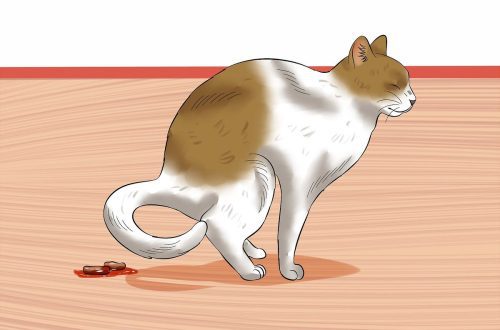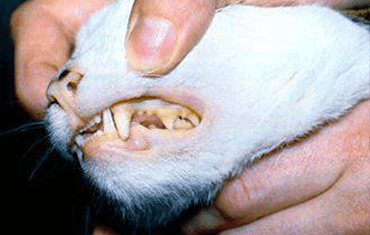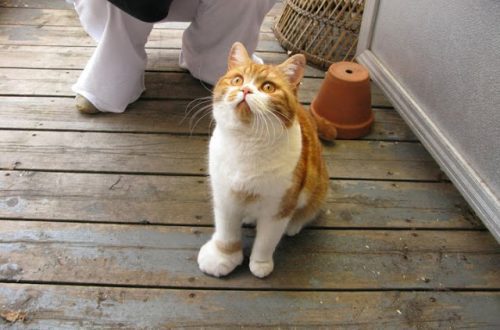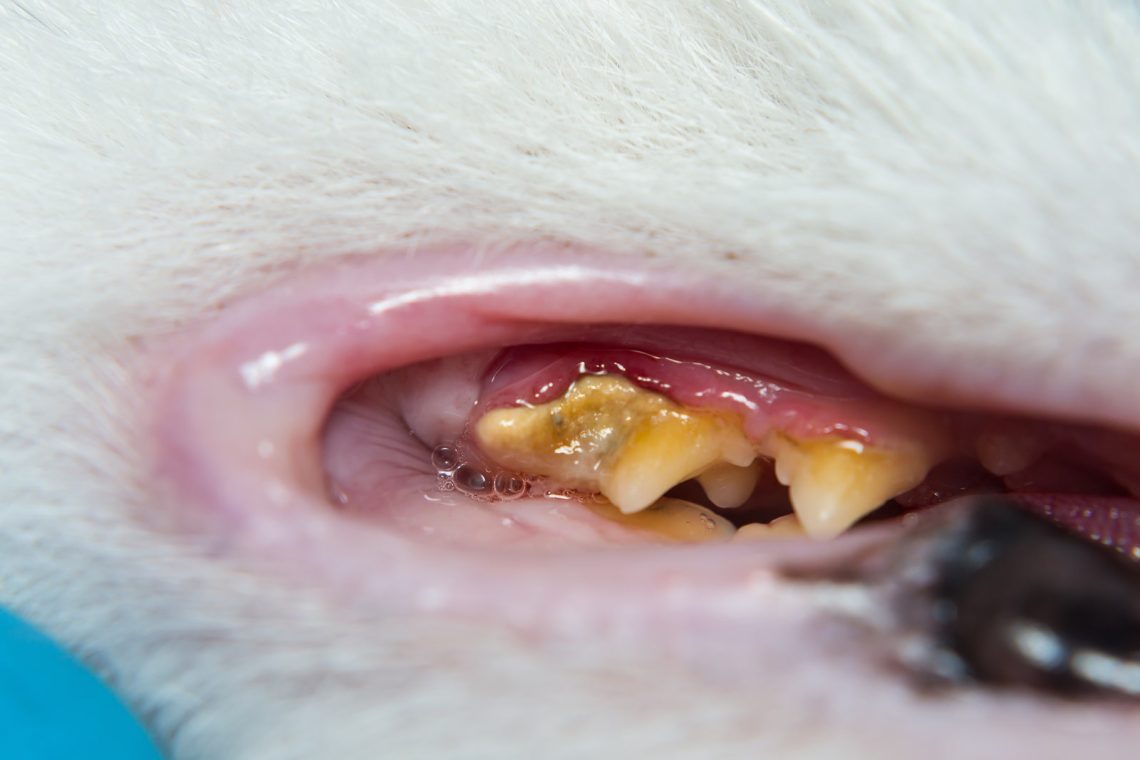
Gingivitis in cats
Gingivitis is an inflammation of the gums without compromising the integrity of the periodontal junction. It is characterized by salivation, halitosis, redness, swelling, soreness, which is actively manifested when eating food. The disease can proceed in a mild form, when the gum mucosa is not deformed, and in a severe one, in which the inflammatory process spreads to the lateral surfaces, the root of the tongue and the palate mucosa. The animal begins to refuse food, weakens, falls into a depressed state. Running gingivitis leads to the development of periodontal disease and loss of teeth.
Gingivitis in cats can be either primary (juvenile) or secondary. In the first case, the disease develops by itself, for example, due to poor oral hygiene or a genetic predisposition. In the second case, gingivitis is a consequence of some other serious disease, systemic or infectious. Lymphocytic-plasmacytic gingivitis is also isolated separately.
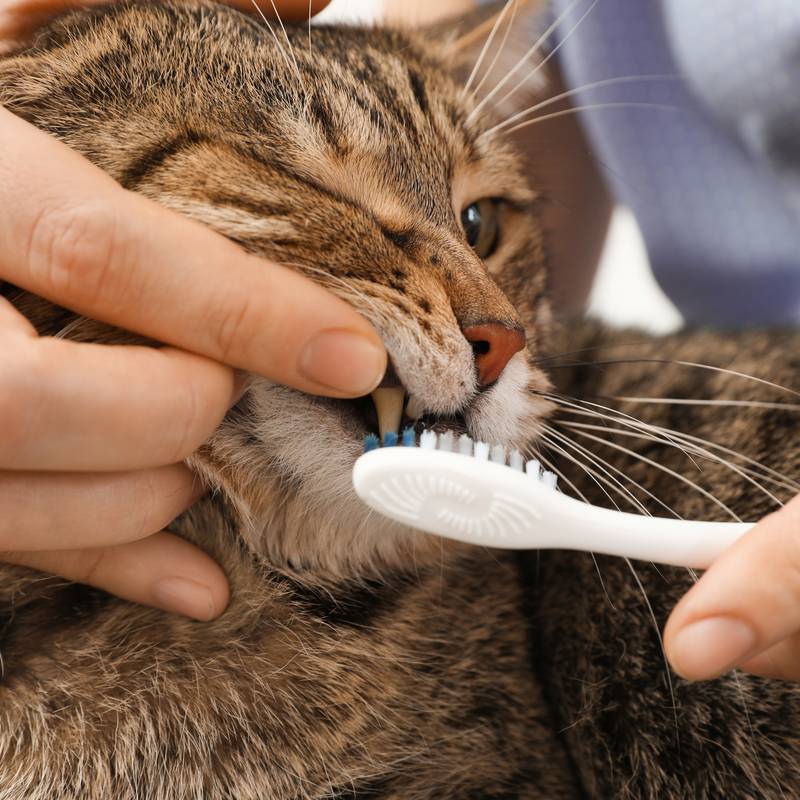
Feline juvenile gingivitis – inflammation of the gums that develops shortly after eruption or during the eruption of permanent teeth (at the age of 4 months to 1-2 years according to different classifications). It can develop into feline hyperplastic gingivitis (inflammation limited to the gums) and juvenile periodontitis. Feline juvenile gingivitis has been singled out as a separate disease recently.
The exact causes of this pathology are not known, but they include a hypertrophied allergic reaction to bacteria (protein factor, enzymes, other waste products of microorganisms) in plaque, a genetic predisposition, chronic virus carrying (calicivirus, leukemia, feline immunodeficiency and, according to some studies, bartonella ). A predisposition to juvenile gingivitis has been noted in Somali, Siamese, Bengal cats, Maine Coon, hairless breeds, Burmese, Ocicat, British and Scottish cats. Premolars and molars are more often affected, canines and incisors are less commonly affected. Symptoms of gingivitis are halitosis, hyperemia and swelling of the gums, and hyperplasia of the gums.
Lymphocytic-plasmacytic gingivitis of cats – a chronic inflammatory proliferative disease of the oropharyngeal mucosa with varying degrees of involvement of the gums, palatoglossal arch (pharynx), base of the tongue, larynx, palate and caudal part of the pharynx (caudal stomatitis). Disease of adult cats (from 1-2 years according to different classifications). In 80% of cases, animals are carriers of viral infections.
Feline lymphocytic-plasmacytic gingivitis is an inflammatory disease that causes painfully erosive lesions and overgrowth of the oral mucosa. The disease is difficult to treat and can affect cats at an early age, leading to total tooth extraction. More often, untreated juvenile gingivitis flows over time into lymphocytic-plasmocytic gingivitis, and then caudal stomatitis occurs as a complication. The symptoms are the same as in juvenile gingivitis, but the tissue involvement is much greater. Such a diagnosis can only be made by histological examination.
Why does gingivitis occur?
The formation of a bacterial film on the teeth occurs constantly, this is a physiological process. Over time, the film grows and occupies the area under the gum, where bacteria begin to develop, which do not need oxygen to exist (anaerobes).
If the process is not stopped, chronic gingivitis or lymphocytic-plasmacytic gingivitis develops. Dental crowding, the presence of foreign bodies (for example, hair) in the subgingival space and between the teeth, fillings and rough surfaces of the teeth, small fractures, malocclusion – all this contributes to the accumulation of plaque.
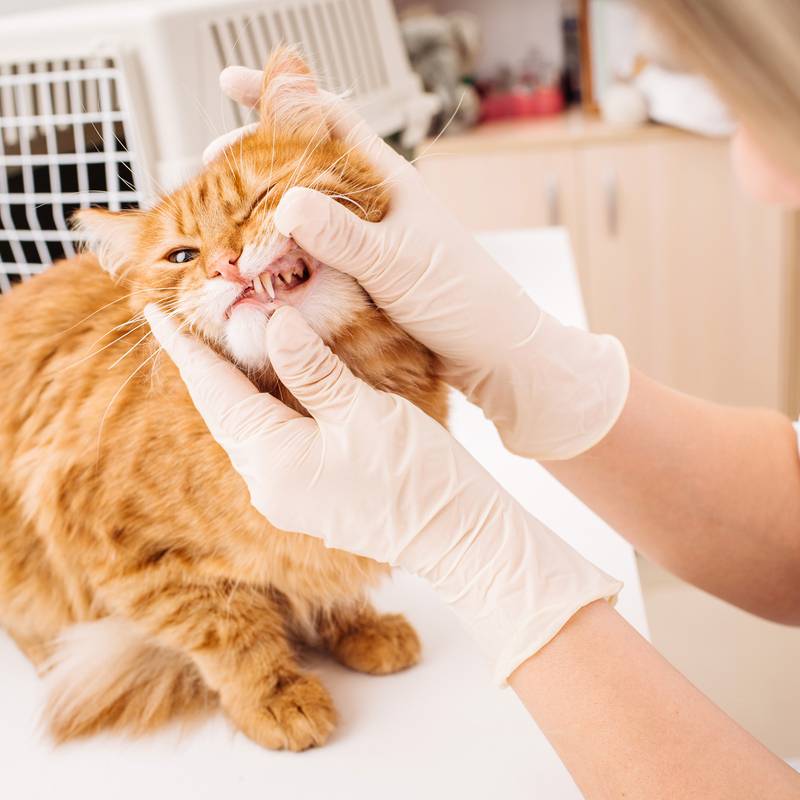
Gingivitis treatment
Treatment of gingivitis in cats includes therapeutic and preventive measures. Therapeutic is cleaning the teeth to remove plaque, tartar. Produced using an ultrasonic device. An X-ray examination is required to identify deeper lesions. In this case, the animal is under sedation, and conduction anesthesia is used during any painful events. If necessary, a gingivectomy is performed and the extraction of already non-viable teeth, if any, is performed.
Daily brushing of teeth is the basis for the prevention of plaque formation. You can also use veterinary mouthwashes, toys, and foods to help fight plaque. But only daily cleaning and timely dental appointments are the “gold standard” for the prevention of diseases of the oral cavity and, in particular, gingivitis.



